2005 年四川大学考博英语真题及答案
一、Reading Comprehension
We are all naturally attracted to people with ideas, beliefs and
interests like our own. Similarly, we feel comfortable with people with
physical qualities similar to ours.
You may have noticed how people who live or work closely together come to
behave in a similar way. Unconsciously we copy those we are close to or love
or admire, So a sportsman's individual, way of walking with raised shoulders
is imitated by an admiring fan; a pair of lovers both shake their heads in the
same way; an employee finds him- self duplicating his boss' habit of wagging a
pen between his fingers while thinking. In every case, the influential person
may not consciously notice the imitation, but he will feel comfortable in its
presence. And if he does notice the matching of his gestures or movements, he
finds it pleasing he is influencing people: they are drawn to him.
Sensitive people have been mirroring their friends and acquaintances all
their lives, and winning affection and respect in this way without being aware
of their methods. Now, for people who want to win agreement or trust,
affection or sympathy, some psychologists recommend the deliberate use of
physical mirroring.
The clever saleswoman echoes her lady customer's movements, tilting her
head in the same way to judge a color match, or folding her arms a few seconds
after the customer, as though consciously attracted by her. The customer feels
that the saleswoman is in sympathy with her, and understands her needs--a
promising relationship for a sale to take place. The clever lawyer, trying in
a law-court to influence a judge, imitates the great man's shrugging of his
shoulders, the tone of his voice and the rhythm of his speech.
Of course, physical mirroring must be subtle. If you blink every time your
target blinks, or bite your bottom lip every time he does, your mirroring has
become mockery and you can expect trouble. So, if you can't model
sympathetically, don't play the game.
�
1
According to the passage, "physical mirroring" (Pare. 3) means ______.
(A)the comfortable feeling about people with physical qualities similar to
ours
(B)the imitation of the gestures or movements of those we are close to, or
love, or admire
(C)the attraction to people with ideas, beliefs and interests like our own
(D)the fact that people living or working closely together behave in a
similar way
2
Physical mirroring can cause trouble if ______.
(A)the mirroring has become mockery
(B)the person mirrored finds that people are drawn to him
(C)the lawyer shrugs his shoulders the way the judge does
(D)it has been found to be deliberately used
3
According to the author, which of the following is not a deliberate use of
physical mirroring?
(A)A saleswoman tilts her head after her customer to judge a color match.
(B)A lawyer emulates the tone of the judge's voice and the rhythm of his
speech.
(C)A naughty boy blinks every time the teacher blinks.
�
(D)Sensitive people have been mirroring their friends all their lives.
4
Which of the following is true?
(A)The lawyer who imitates the judge is trying to influence him.
(B)The clever saleswoman echoes her lady customer's movements because she is
un- consciously attracted by her.
(C)Physical mirroring is always flattering to those who are imitated.
(D)Sensitive people have been mirroring their friends and acquaintances
because they want to win their affection and respect in this way.
5
The paragraph following this passage will most probably move on to ______.
(A)the importance of physical mirroring in daily life
(B)the troubles caused by the deliberate use of physical mirroring
(C)an explanation of physical mirroring by a behavioral scientist
(D)some ways to prevent physical mirroring from offending
5
The most interesting architectural phenomenon of the 1970's was the
enthusiasm for refurbishing older buildings. Obviously, this was not an
entirely new phenomenon. What is new is the wholesale interest in reusing the
past, in recycling, in adaptive re- habilitation. A few trial efforts, such as
Ghirardelli Square in San Francisco, proved their financial viability in the
1960's, but it was in the 1970's, with strong government support through tax
incentives and rapid depreciation, as well as growing interest in ecology
issues, that recycling became a major factor on the urban scene.
One of the most comprehensive ventures was the restoration and
transformation of Boston's eighteenth century Faneuil Hall and the Quincy
�
Market, designed in 1824. This section had fallen on hard times, but beginning
with the construction of a new city hall immediately adjacent, it has returned
to life with the intelligent reuse of these fine old buildings under the
design leadership of Benjamin Thompson. He has provided a marvelous setting
for dining, shopping, professional offices, and simply walking. Butler Square,
in Minneapolis, exemplifies major changes in its complex of offices,
commercial space, and public amenities carved out of a massive pile designed
in 1906 as a hardware warehouse. The exciting interior timber structure of the
building was highlighted by cutting light courts through the interior and
adding large skylights. San Antonio, Texas, offers an object lesson for
numerous other cities combating urban decay. Rather than bringing in the
bulldozers, San Antonio's leaders rehabilitated existing structures while
simultaneously cleaning up the San Antonio River, which meanders through the
business district.
6
What is the main idea of the passage?
(A)The architectural phenomenon of the 1970's.
(B)Tile architectural style from 1824 to 1970's.
(C)In the 1970's, recycling old buildings became famous.
(D)During the 1970's, old buildings in many cities were recycled for modern
use.
7
Tile apace at Quincy Market is now used for ______.
(A)restaurants, offices and stores
(B)sports and recreational facilities
(C)Boston's new city hall
�
(D)a marvelous setting for commerce
8
In which of the following ways does the passage state that the San Antonio
project differed from those in Boston and Minneapolis?
(A)It was designded to combat urban decay.
(B)It occurred in the business district.
(C)It involved the environment as well as buildings.
(D)It consisted primarily of new construction.
9
What is the author's opinion of the San Antonio project?
(A)It is clearly the best of the projects discussed.
(B)It is a good project that could be copied in other cities.
(C)the extensive use of bulldozers made the project unnecessarily costly.
(D)The work done on the river was more important than the work done on the
buildings.
10
Which of the following is true?
(A)The San Antonio example shows the enthusiasm for refurbishing older
buildings.
(B)Recent interest in ecology issues has led to the cleaning up of some
rivers.
(C)Benjamin Thompson was the designer for a project in Boston.
�
(D)Strong government support has made adaptive rehabilitation a reality in
Boston.
10
It is hard to predict how science is going to turn out, and if it is
really good science it is impossible to predict. If the things to be found are
actually new, they are by definition unknown in advance. You cannot make
choices in this matter. You either have science or you don't, and if you have
it you are obliged to accept the surprising and disturbing pieces of
informantion, along with the neat and promptly useful bits.
The only solid piece of scientific truth about which I feel totally
confident is that we are profoundly ignorant about nature. Indeed, I regard
this as the major discovery of the past hundred years of biology. It is, in
its way, an illuminating piece of news. It would have amazed the brightest
minds of the 18th century Enlightenment to be told by any of us how little we
know and how bewildering seems the way ahead. It is this sudden confrontation
with the depth and scope of ignorance that represents the most significant
contribution of the 20th century science and the human intellect, In earlier
times, we either pretended to understand how things worked or ignored the
problem, or simply made up stories to fill the gaps. Now that we have begun
exploring in earnest, we are getting glimpses of how huge the questions are,
and how far from being answered. Be- cause of this, we are depressed. It is
not so bad being ignorant if you are totally ignorant; the hard thing is
knowing in some detail the reality of ignorance, the worst spots and here and
there the not-so-bad spots, but no true light at the end of the tunnel nor
even any tunnels that can yet be trusted but we are making a beginning and
there ought to be some satisfaction. There are probably no questions we call
think up that can't be answered, sooner or later, including even the matter of
consciousness.
To be sure, there may well be questions we can't think up,
ever, and therefore limits to the reach of human intellect, but that is
another matter. Within our limits, we should be able to work our way through
to all our answers if we keep at it long enough, and pay attention.
11
According to the author, really good science ______.
�
(A)will bring about surprising and disturbing results
(B)will produce results which cannot be foreseen
(C)will help people to make the right choice in advance
(D)would surprise the brightest minds of the 18th century Enlightenment
12
It can be inferred from the passage that scientists of the 18th century
______.
(A)thought that they knew a great deal and could solve most problems of
science
(B)did no more than good in promoting man's understanding of nature
(C)knew that they were ignorant and wanted to know more about nature
(D)were afraid of facing up to the realities of scientific research
13
Which of the following statements is not true of scientists in earlier
times?
(A)They paid little attention to the problems they didn't understand.
(B)They invented false theories to explain things they didn't understand.
(C)They falsely claimed to know all about nature.
(D)They did not believe in results from scientific observation.
14
What is the author's attitude towards science?
(A)He is delighted because of the illuminating scientific findings.
�
(B)He is depressed because of the ignorance of scientists.
(C)He is confident though he is aware of the enormous difficulties
confronting it.
(D)He is doubtful because of the enormous difficulties confronting it.
15
The author believes that ______.
(A)man can find solutions to whatever questions concerning nature he can
think up
(B)man can not solve all the problems he can think up because of the limits
of human intellect
(C)sooner or later man can think up all the questions concerning nature arid
answer them
(D)questions concerning consciousness are outside the scope of scientific
research
15
At its best, any prison is so unnatural a form of segregation from
normal life that-- like too-loving parents and too zealous religion and all
other well-meant violations of individuality-it helps to prevent the vicitims
from resuming when they are let out, any natural role in human society. At its
worst, the prison is almost scientifically designed to develop by force--
ripening every one of the antisocial traits for which we suppose ourselves to
put people into prison (I say "suppose", because actually we put people into
prison only because we don't know what else to do with them). The prison makes
the man who is sexually abnormal, sexually a maniac. The prison makes the man
who enjoyed beating fellow drunks in a bar-room come out wanting to kill a
policeman.
�
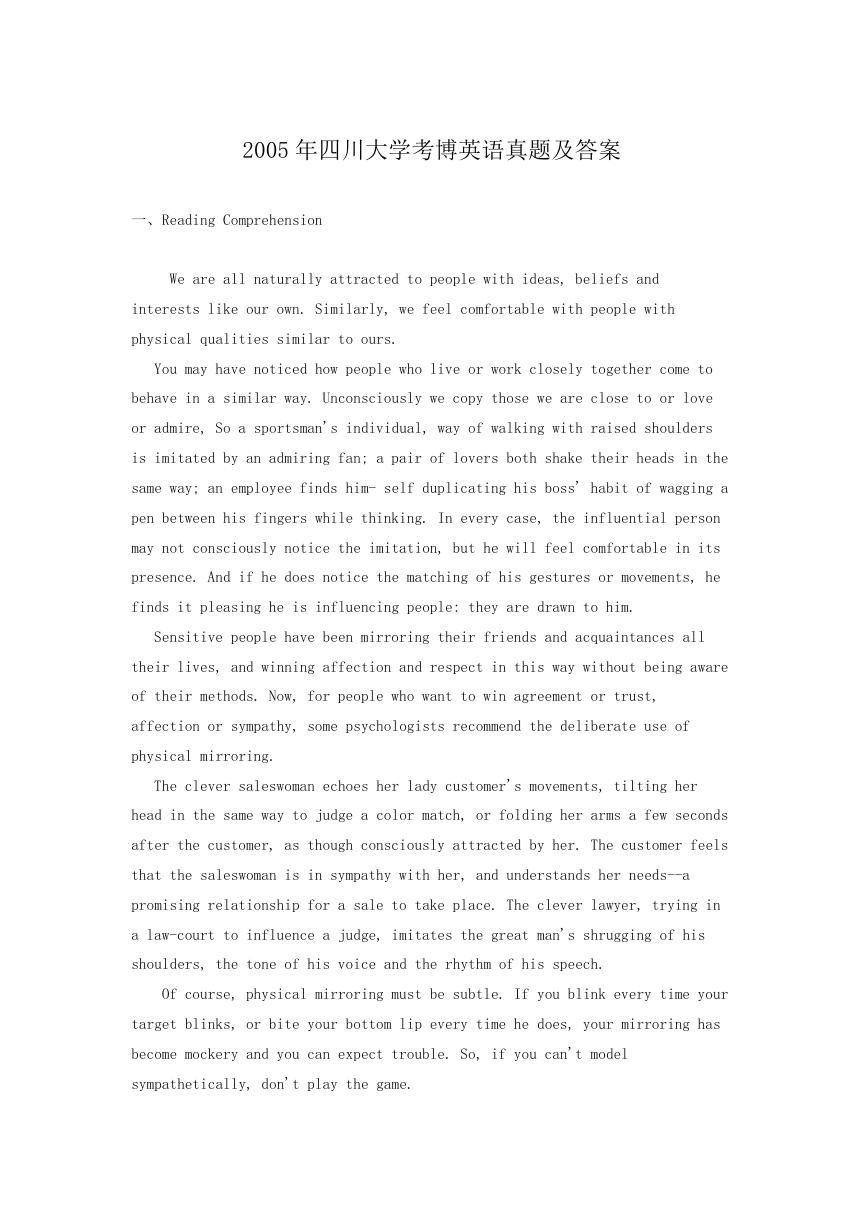
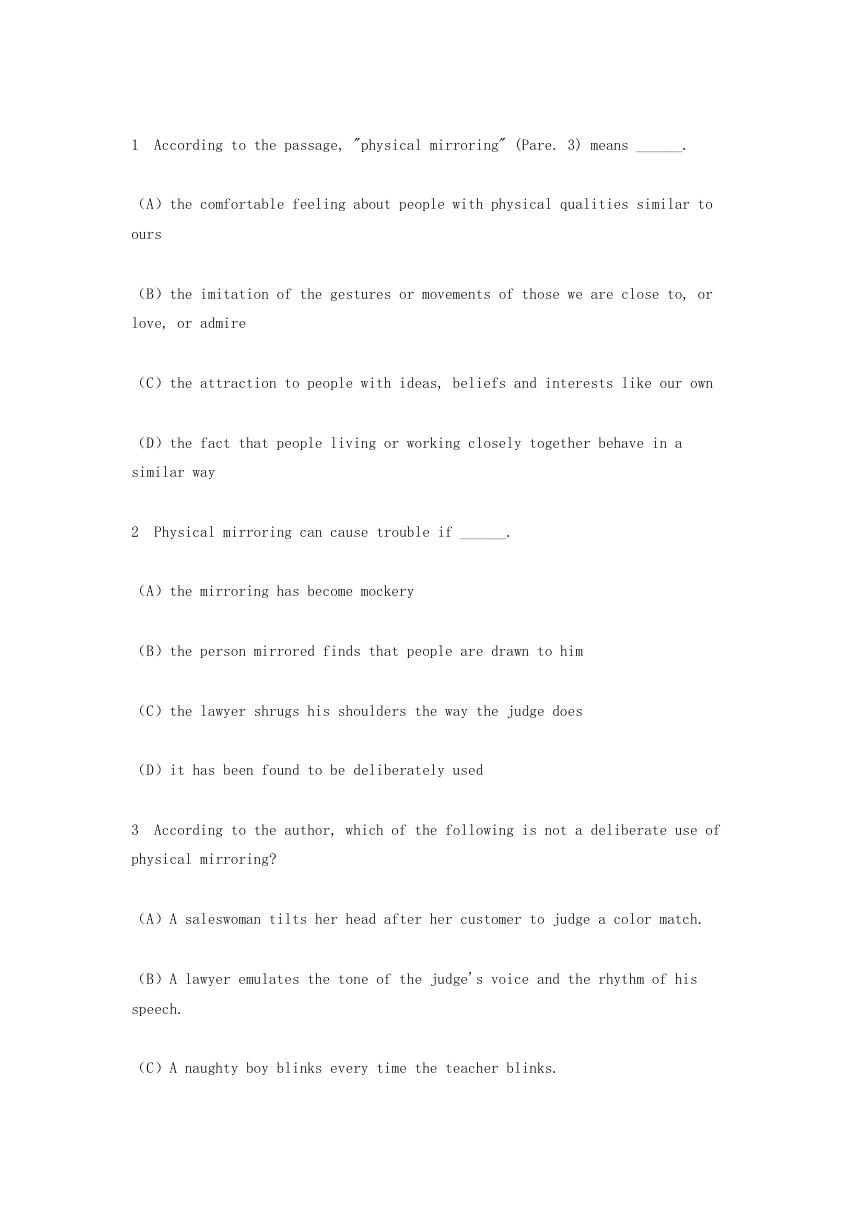
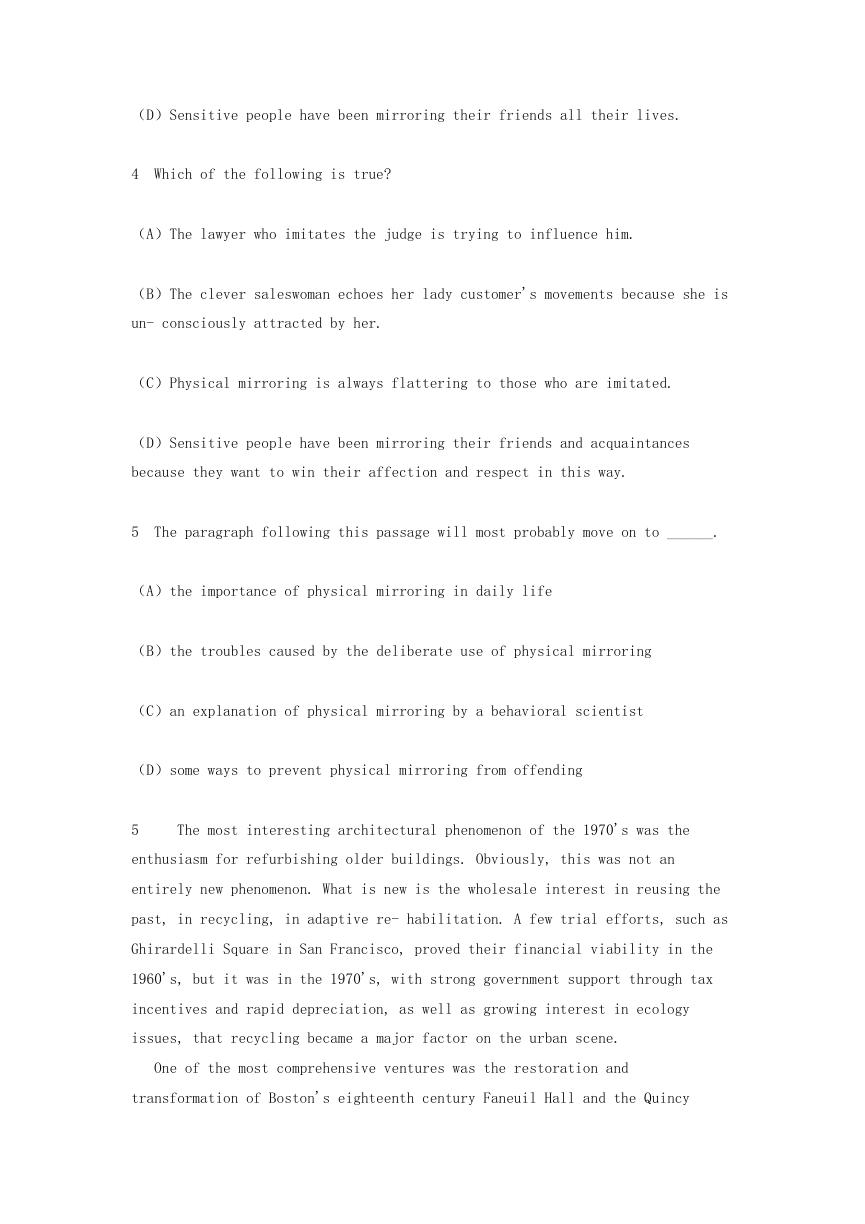
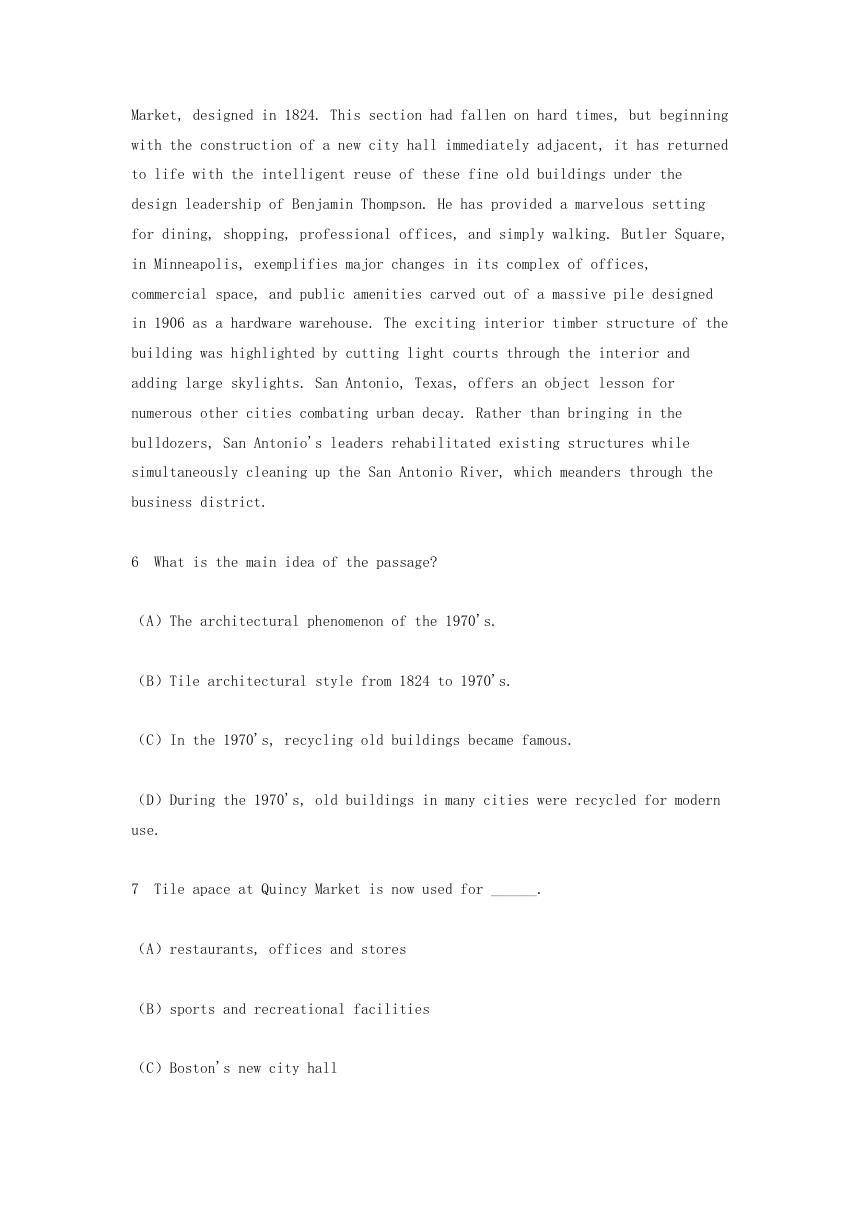
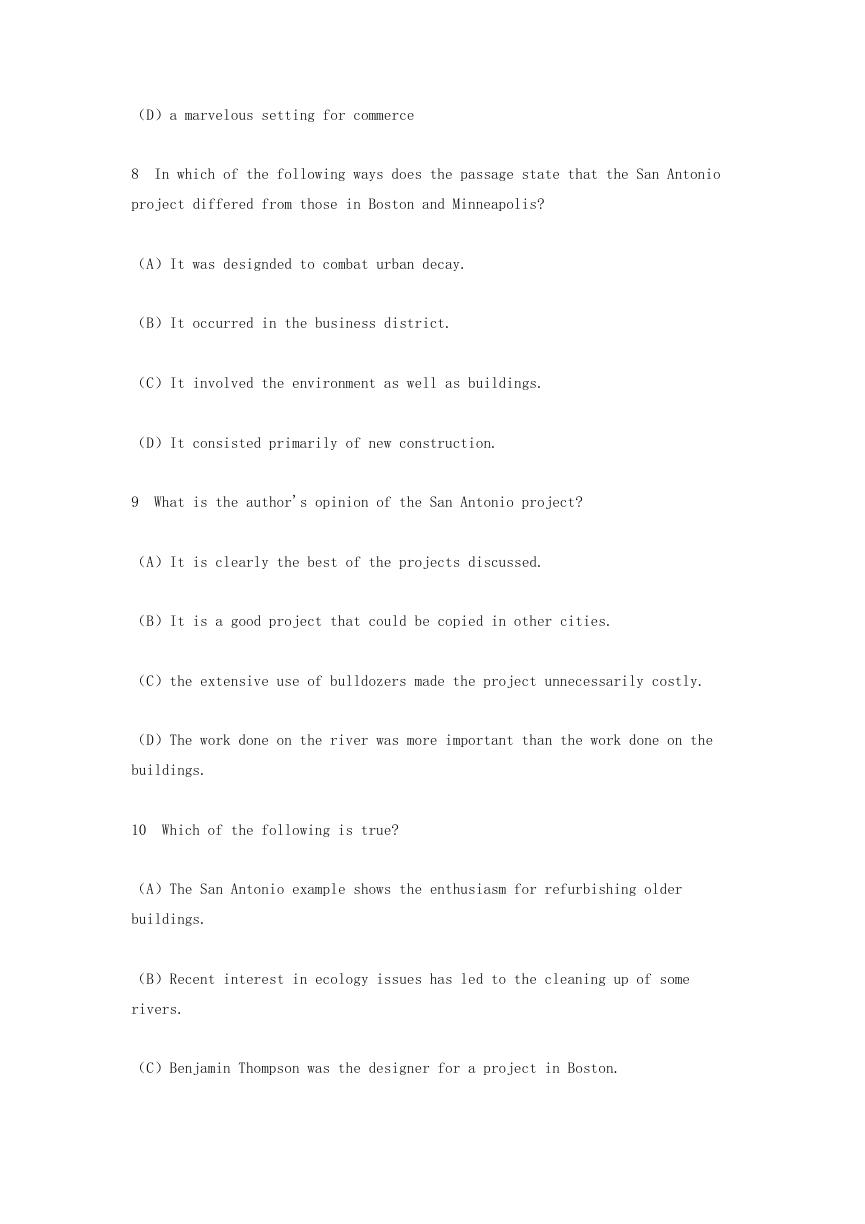
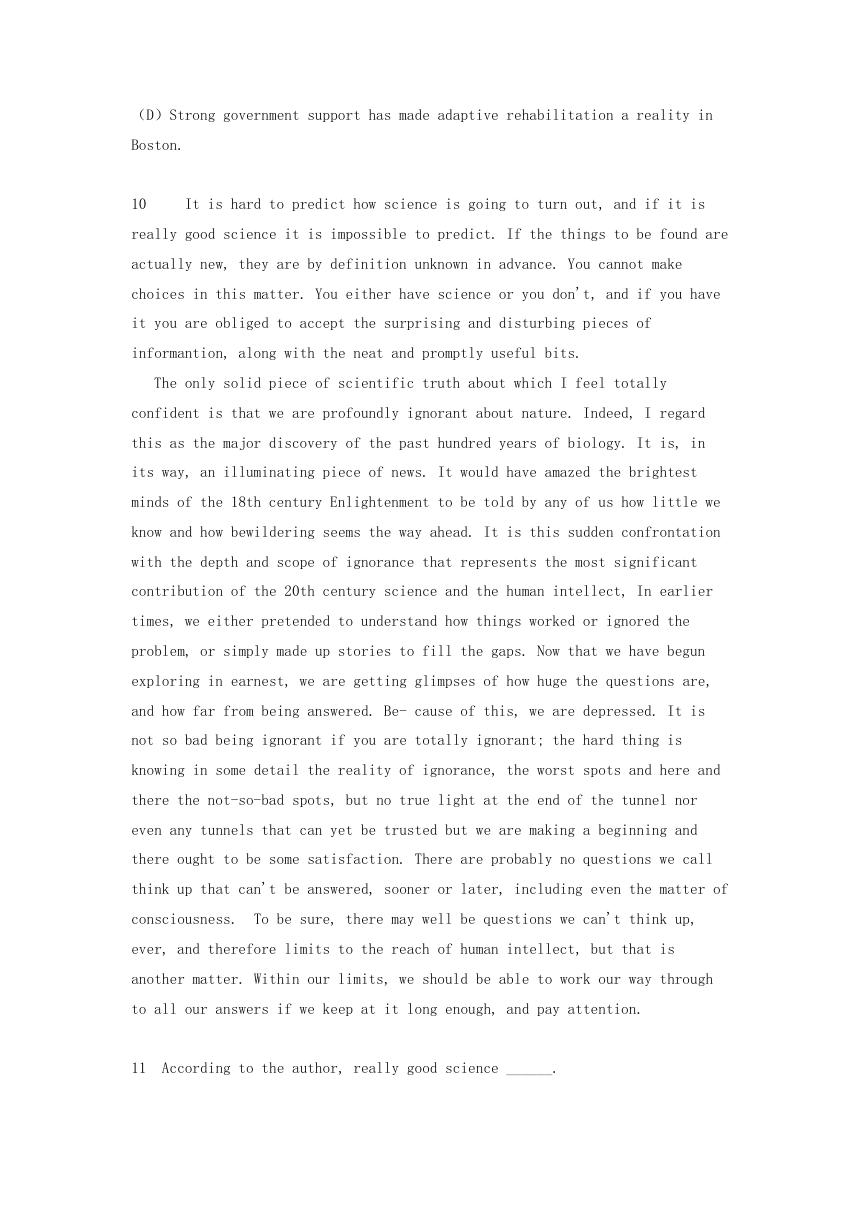
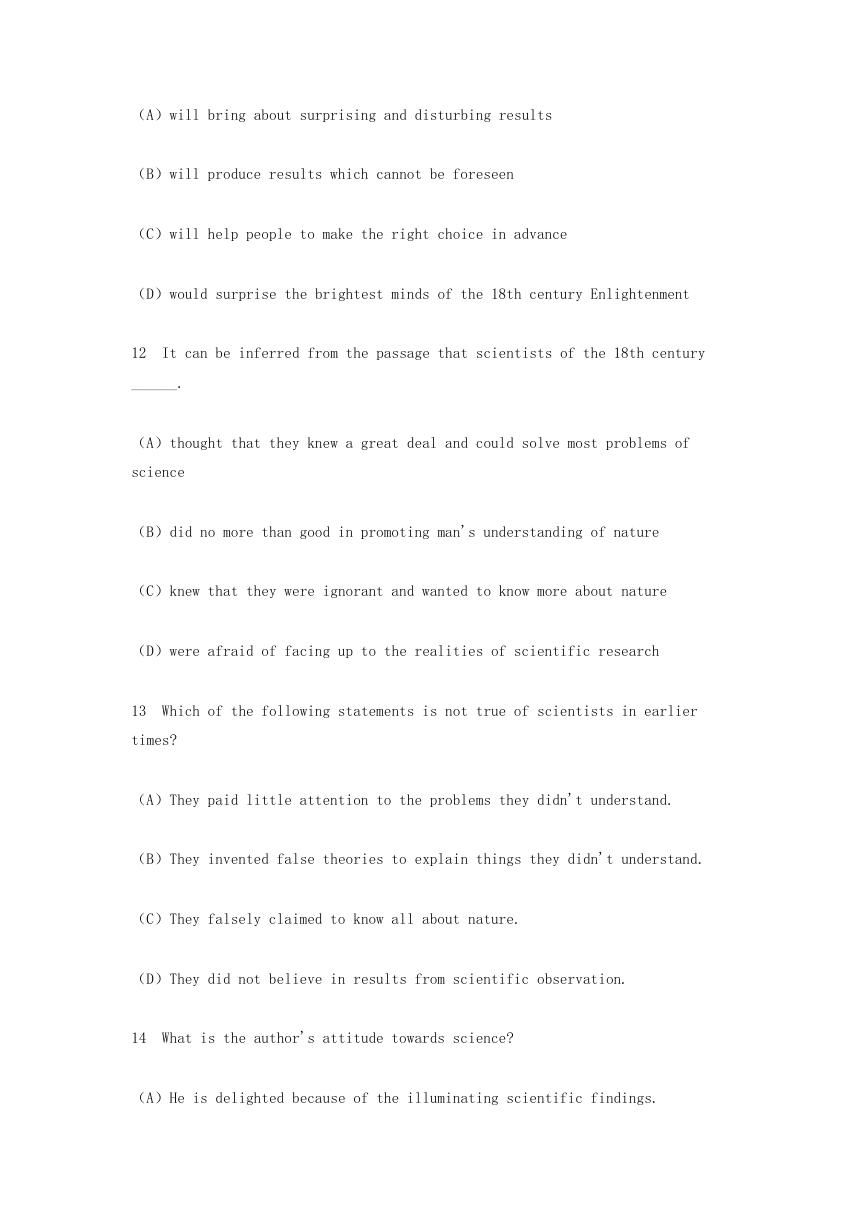
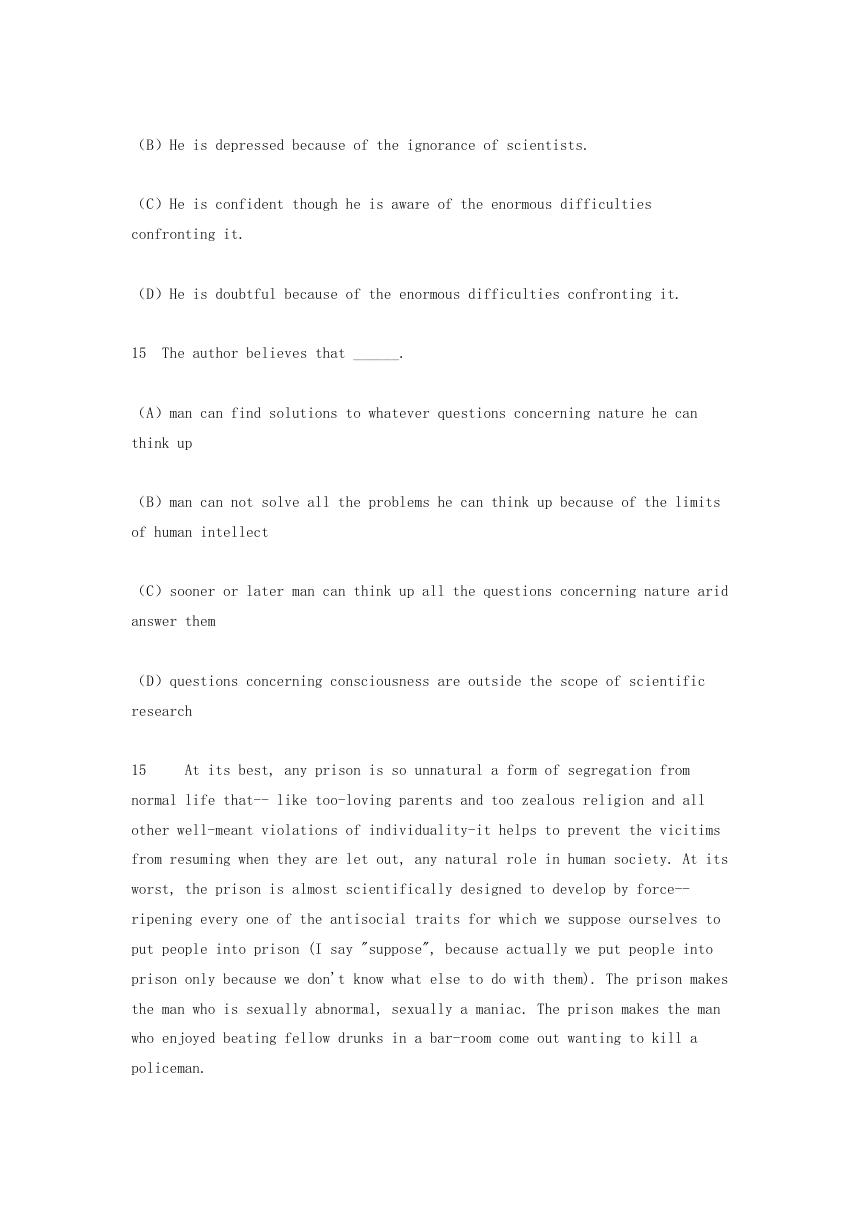








 2023年江西萍乡中考道德与法治真题及答案.doc
2023年江西萍乡中考道德与法治真题及答案.doc 2012年重庆南川中考生物真题及答案.doc
2012年重庆南川中考生物真题及答案.doc 2013年江西师范大学地理学综合及文艺理论基础考研真题.doc
2013年江西师范大学地理学综合及文艺理论基础考研真题.doc 2020年四川甘孜小升初语文真题及答案I卷.doc
2020年四川甘孜小升初语文真题及答案I卷.doc 2020年注册岩土工程师专业基础考试真题及答案.doc
2020年注册岩土工程师专业基础考试真题及答案.doc 2023-2024学年福建省厦门市九年级上学期数学月考试题及答案.doc
2023-2024学年福建省厦门市九年级上学期数学月考试题及答案.doc 2021-2022学年辽宁省沈阳市大东区九年级上学期语文期末试题及答案.doc
2021-2022学年辽宁省沈阳市大东区九年级上学期语文期末试题及答案.doc 2022-2023学年北京东城区初三第一学期物理期末试卷及答案.doc
2022-2023学年北京东城区初三第一学期物理期末试卷及答案.doc 2018上半年江西教师资格初中地理学科知识与教学能力真题及答案.doc
2018上半年江西教师资格初中地理学科知识与教学能力真题及答案.doc 2012年河北国家公务员申论考试真题及答案-省级.doc
2012年河北国家公务员申论考试真题及答案-省级.doc 2020-2021学年江苏省扬州市江都区邵樊片九年级上学期数学第一次质量检测试题及答案.doc
2020-2021学年江苏省扬州市江都区邵樊片九年级上学期数学第一次质量检测试题及答案.doc 2022下半年黑龙江教师资格证中学综合素质真题及答案.doc
2022下半年黑龙江教师资格证中学综合素质真题及答案.doc